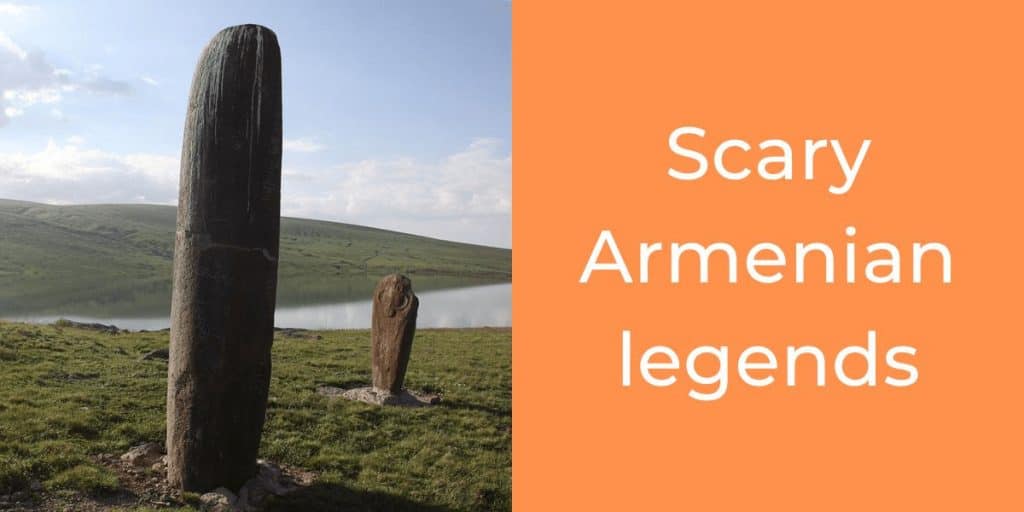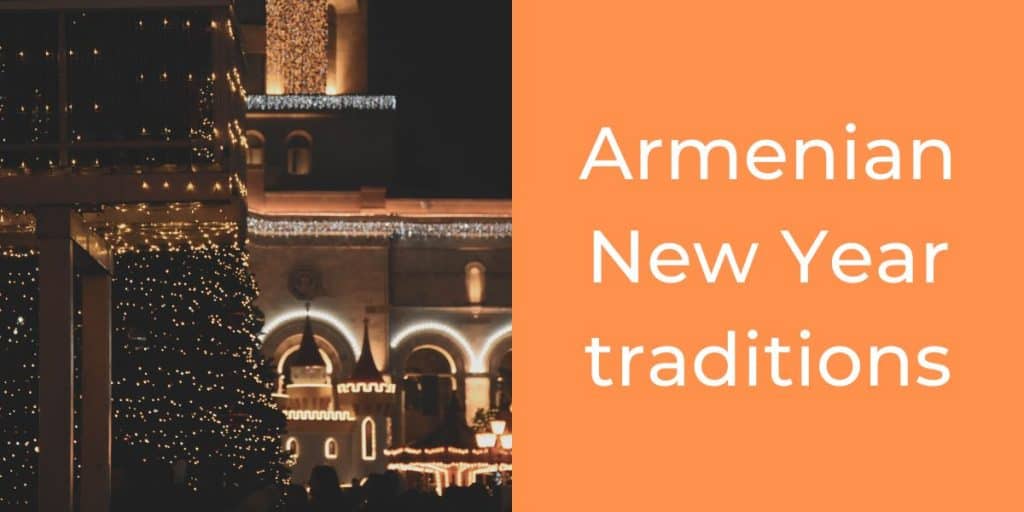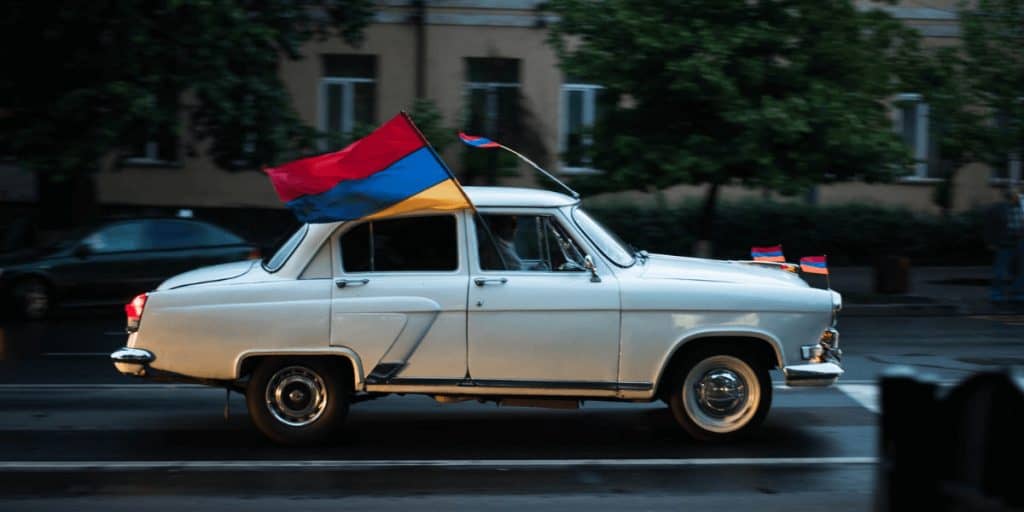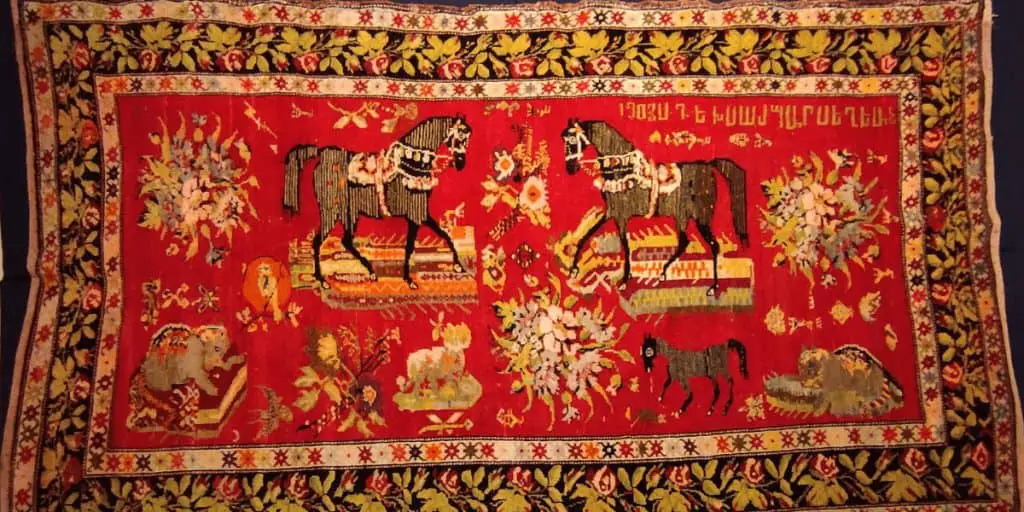Armenia holds a treasure trove of eerie folklore. These tales have passed from generation to generation. Today, we will take a journey into the scary world of Armenian legends where mystical creatures, ghosts, and supernatural forces weave haunting tales that aim to terrify your imagination. If you are not a fan of horror stories, then this blog post is not for you. But if you want a share of adrenaline, then go on reading.
Armenian folklore is full of scary characters like dakhanavar (vampire), Nhang (malevolent spirit), alk (evil spirit), mardagayl (werewolves), and vishap (dragons). These frightful stories pass from generation to generation reflecting the deep connection of Armenian culture to the supernatural.
Before we dive in, a quick reminder that if you want to share your favorite scary Armenian legends with me, don’t hesitate to ping me on Twitter or Instagram with #ArmeniaTravelTips.
Dakhanavar – Armenian vampire legend
Dakhanavar is a certain vampire character in Armenian folklore. He resided in the mountains and, quite obviously, didn’t like anyone intruding on his territory. The legend says that those who dared to cross the borders of his lands would immediately become his target. Dakhanavar would follow them and wait for them to stop for a rest and fall asleep. Dakhanavar would then attack the sleeping travelers, and quite oddly suck their blood from their feet. To me, this sounds like something my mom would tell me when trying to encourage me to keep my feet warm and dry when traveling. 🙂
However! My dear hikers, I have good news for you. According to the legend, Dakhanavar was outsmarted by two travelers who knew about his nasty attitude. So they tucked their feet under each other’s heads before falling asleep. Apparently, Dakhanavar had very poor eyesight, because he didn’t realize these were two people, and instead thought it was a creature with two heads and no feet. This idea scared him so much that he decided to run away, and nobody has ever heard from him ever since.
Dakhanavar was described by Baron von Hauxthausen, a traveler to Armenia, in his book Transcaucasia: Sketches of the Nations and Races Between the Black Sea and the Caspian,” published in 1854.
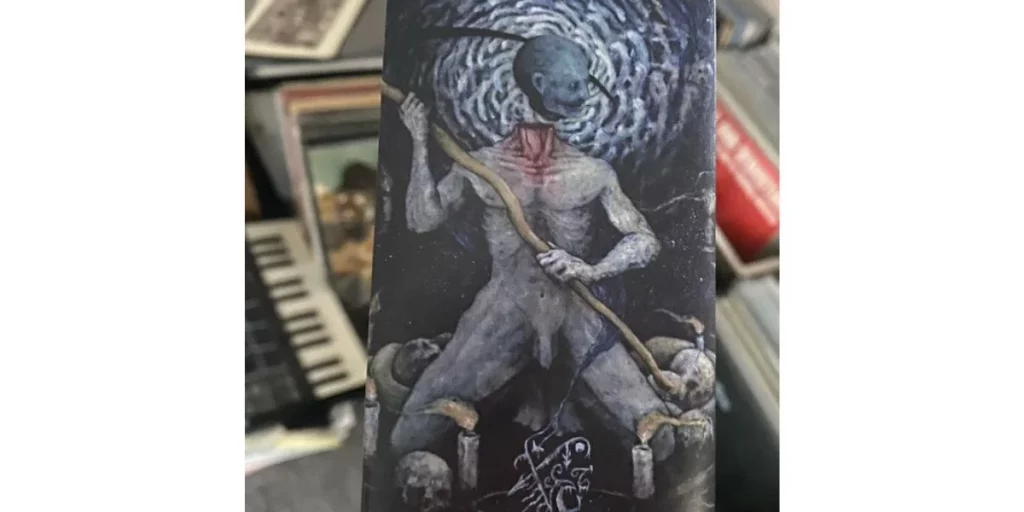
The malevolent spirits – the Nhang
According to legends of the Nhang, evil spirits roam the earth killing or eating everyone that crossed their path. The tales say these were the restless souls of the deceased who died in tragic circumstances or without proper burial rites, Although stories about mystical Nhang were just myths, Armenians, being a superstitious nation, had special rituals to protect against them.
The Nhang is also known by other names in other cultures. These spirits are often associated with death, chaos, and suffering. Different cultures ascribe different meanings to these malevolent spirits but the Nhang is unified across cultures by being a symbol of misfortune and a potent symbol of the unknown.
It can express itself as a sinister shadow lurking in the corners of one’s vision. Or it can be heard as an eerie whisper in the dead of the night. The Nhang is often marked by an overwhelming sense of dread.
One of the chilling characteristics of the Nhang is that it manipulates reality. For example, it can spread fear by sowing doubts in the minds of the victims. People are emotionally scared and mentally exhausted by the nightmarish visions of the Nhang.
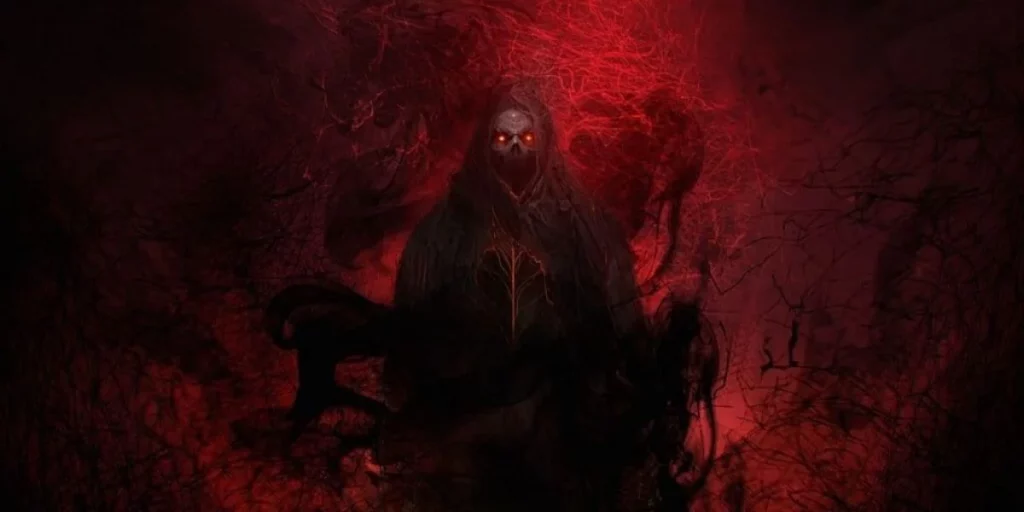
The evil spirits – Alks
Alks were half-human, half-animal spirits known in Armenian folklore, but also beyond our culture in places like Iran or even Afghanistan. They are typically described as hairy beasts with fire-like eyes and copper nails. However, they’re also mostly known as female creatures. Now, this is unusual isn’t it? Let’s add the idea that Alks especially hated pregnant women and newly born babies. They attacked pregnant women, choked them to death and stole their organs like hearts and lungs, and kidnapped newborn babies. Weird!
When I first heard about this legend I had to immediately start theorizing about where this might come from. And the only conclusion I came up with is that it’s probably a tale for women of childbearing age. I mean, it was probably meant to encourage particularly bold and energetic women to take it easy during pregnancy. And by “take it easy” I mean stay at home more often and chill instead of roaming around villages and valleys doing hard labor.
When Christianity took over the hearts and minds of the Armenian people, the church added an interesting twist to the legend of Alks. Apparently, God first created Alk as a girlfriend for Adam. But Alk was too wild and Adam did not like her. So, God expelled Alk from heaven and created Eve for him instead. Don’t get me started on the misogyny of this whole story, I’m here just to transmit the info from the field. 🙂 But this would kind of neatly explain why Alks are hostile to women and their children.

Armenian werewolves (mardagayl)
In spookier tales of old Armenian folklore, I meet some other hair-raising characters which are known as werewolves, or “mardagayls” in Armenian. You all know what a werewolf is, so I don’t think I need to describe how humans are cursed to transform into a wolf from time to time and do crazy sh*t.
Looking into the explanation of this character’s origin in Armenian folklore, I realized this is yet another case of historic misogyny. For some reason, it looks like only women can turn into werewolves. 🙂
According to some tails, some women are destined to spend part of their life in wolf form due to their deadly sins. A wolfskin-toting spirit would visit a particularly sinful woman and force her to wear a wolfskin, which in turn makes the woman acquire cravings for human flesh. There are alleged accounts of such women, who, after being targeted by werewolves in this way, would devour their own children. While committing horrible acts at nighttime, early in the morning, as the sun rises, these wolf-like creatures revert back to their human forms. When the curse finally lifts, the person transforms into an everyday, regular human being, and the wolf’s skin disappears. So, werewolves are extremely difficult to catch.
Why would Armenians tell stories about “mardagayls”? Well, probably for the same reason as why in many other Western cultures we see the stories about werewolves – it could be just a metaphor for inner struggle. Perhaps the legends about werewolves are meant to remind us about the fight between good and evil inside each living human. We all behave like werewolves sometimes, I think. Maybe not literally, but metaphorically we consume people around us, draining their emotional and mental capacity, when we are acting like a**holes.
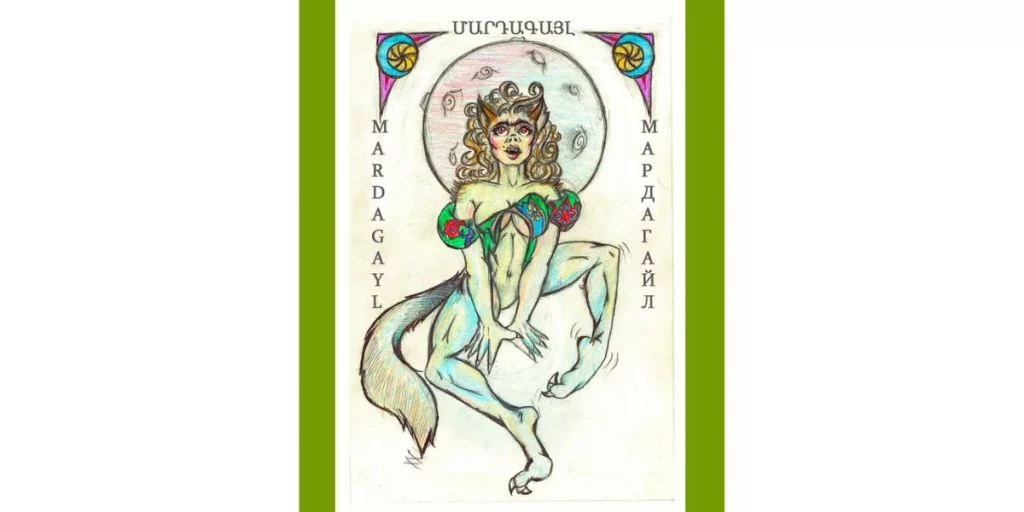
Vishaps (water dragons)
Armenians like to have vishaps (water dragons) in almost all fairy tales and legends. For example, you can often find a vishap watching the water spring and not letting people have water in some legends, in others, it wouldn’t let people cross a body of water, etc. But, interestingly enough, dragons are not only a symbol of evil. You can meet dragons helping people in Armenian folklore too. They are a combination of good and evil. So, the range of contexts and depictions is very wide.
Often, vishaps in Armenian legends symbolize fertility and wealth. At some point in our culture’s history, they became a symbol of power. According to ancient legends, the Vishap fought Vahagn, the warrior god in Armenian mythology, and was defeated by him. Therefore, Vahagn is also called Vahagn Vishapakagh.
So, it might not surprise you that given their prevalence in our folklore, Vishaps are a prominent part of Armenian art. They are also often depicted in old Armenian carpets. We even have a name for such carpets – vishapagorg (dragon carpet).
Armenian vishaps are similar to the Leviathan. They are depicted in the form of a large snake. And today, all around Armenia you can see ancient statues that look like long and large stones. They are meant to represent vishaps. Due to their size, they were often imagined to cause large-scale events in nature. For example they can cause storms, whirlwinds, and even an occasional eclipse that Armenians would observe.
But I think what probably made them particularly scary for Armenians was the belief that they’d kidnap toddlers if those are left unattended. They would replace them with evil spirits. So, a spoiled and nasty kid would always be suspected of being a leftover from a vishap. I think it’s funny that we even use the words “doing evil” when describing a misbehaving child’s actions.
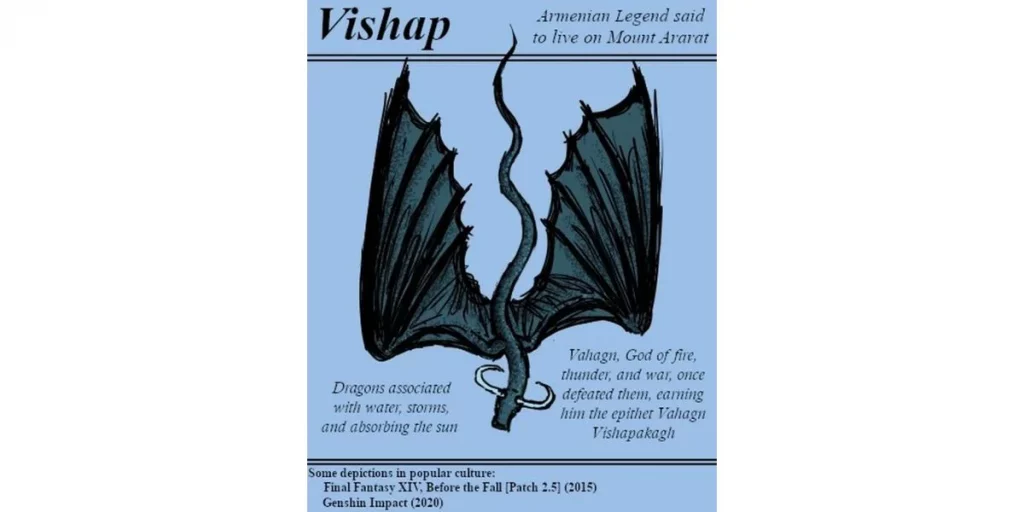
The haunting melodies of the duduk
You may have heard the soulful melody of the Armenian duduk. It is a traditional Armenian instrument that is known for evoking powerful emotions. However, legends tell that duduk can also attract otherworldly creatures. They say that skilled duduk players can summon spirits. They can open a gateway between the mortal realm and the spirit realm. Legends tell stories about people playing duduk near ancient ruins or in desolate places. They encountered supernatural forces that cause destruction. Remember this next time you hear duduk music. By the way, I have a very detailed post on the history of duduk. So, check it out.
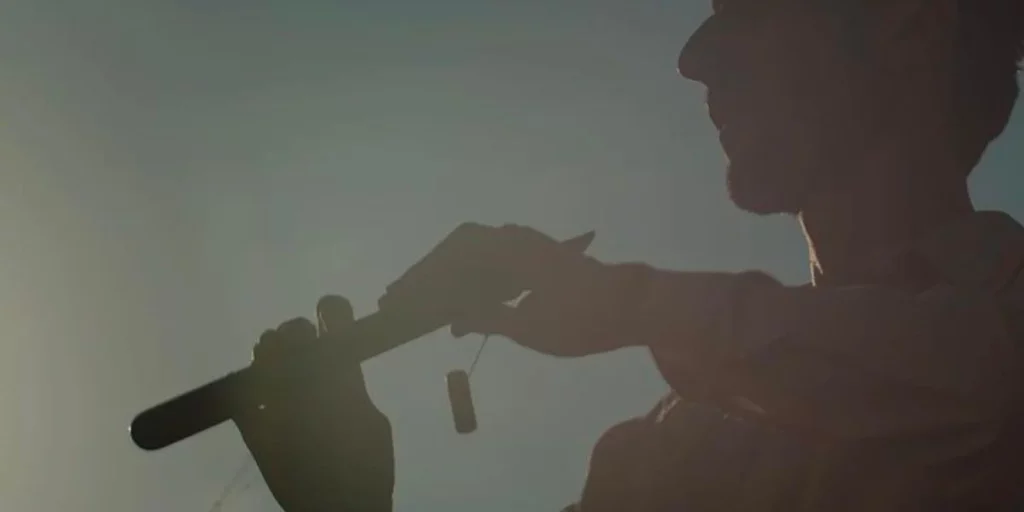
Wrapping up
Scary Armenian legends captivate our imagination and awaken our primal fears. But think about this. These stories may not only send shivers down your spine but provide a fascinating window into the mysteries that this remarkable land is full of. They offer a glimpse into the cultural psyche of a nation with a rich history. You may know some other legends that I’d love to learn. If you do, please don’t forget to ping me on Twitter or Instagram with #ArmeniaTravelTips.
Featured image credits: Photo by Toneyan on Wikimedia Commons (edited)
Please help me make Armenia more popular!
